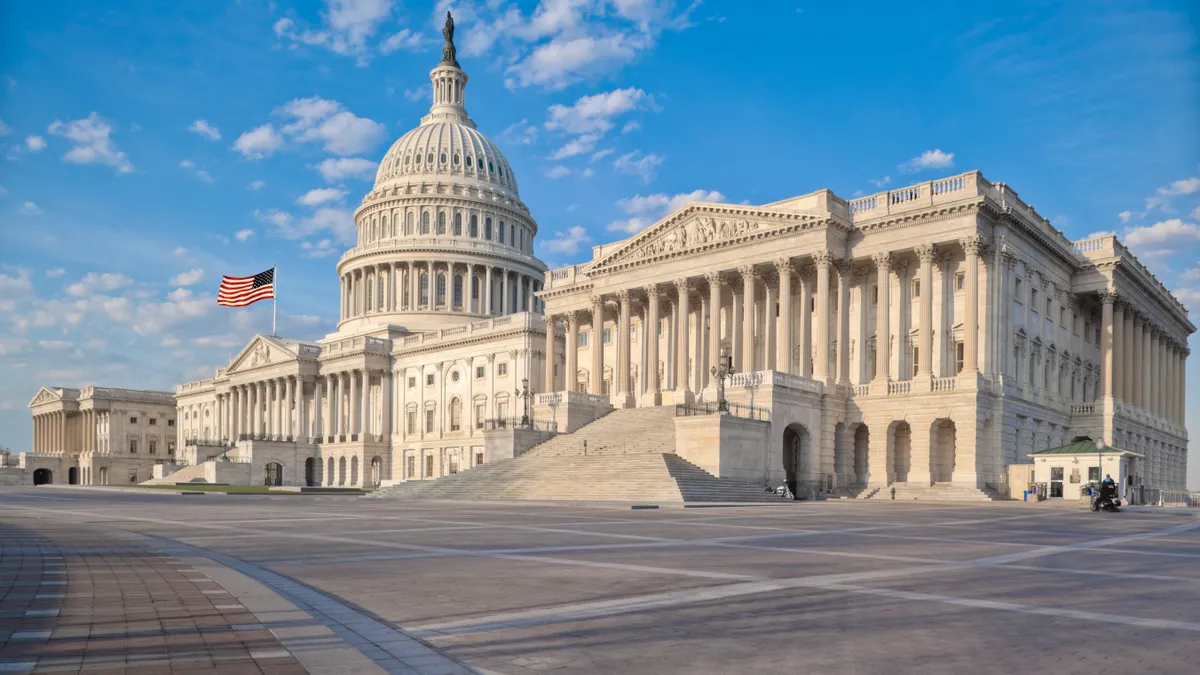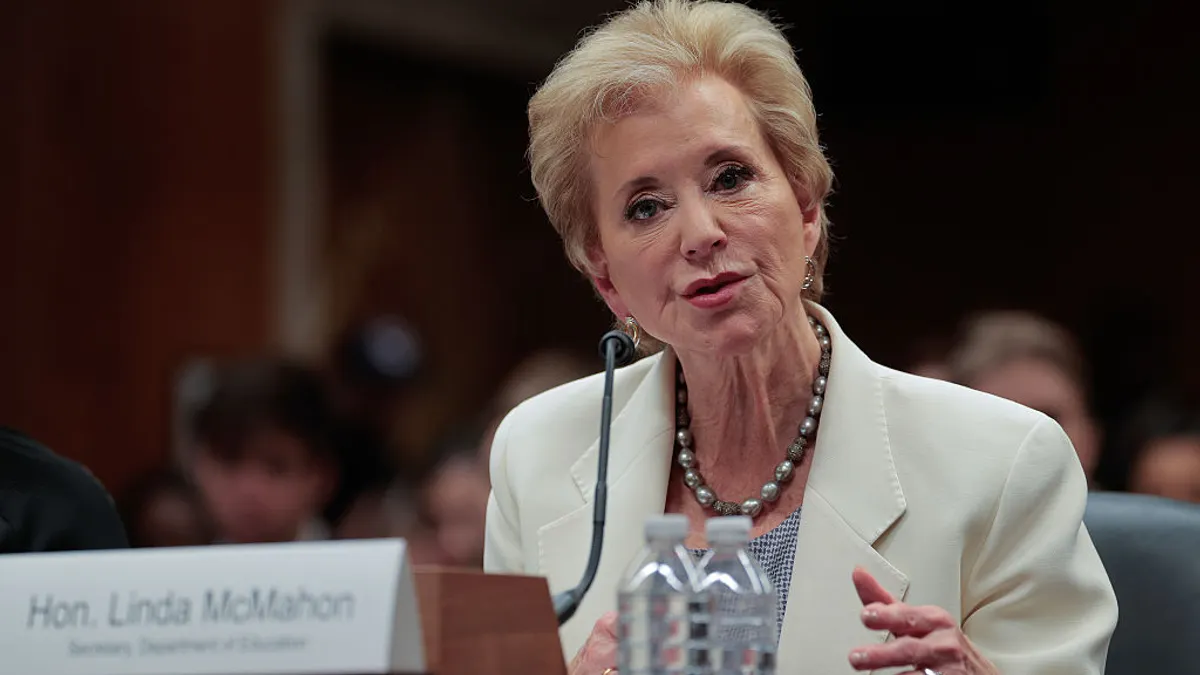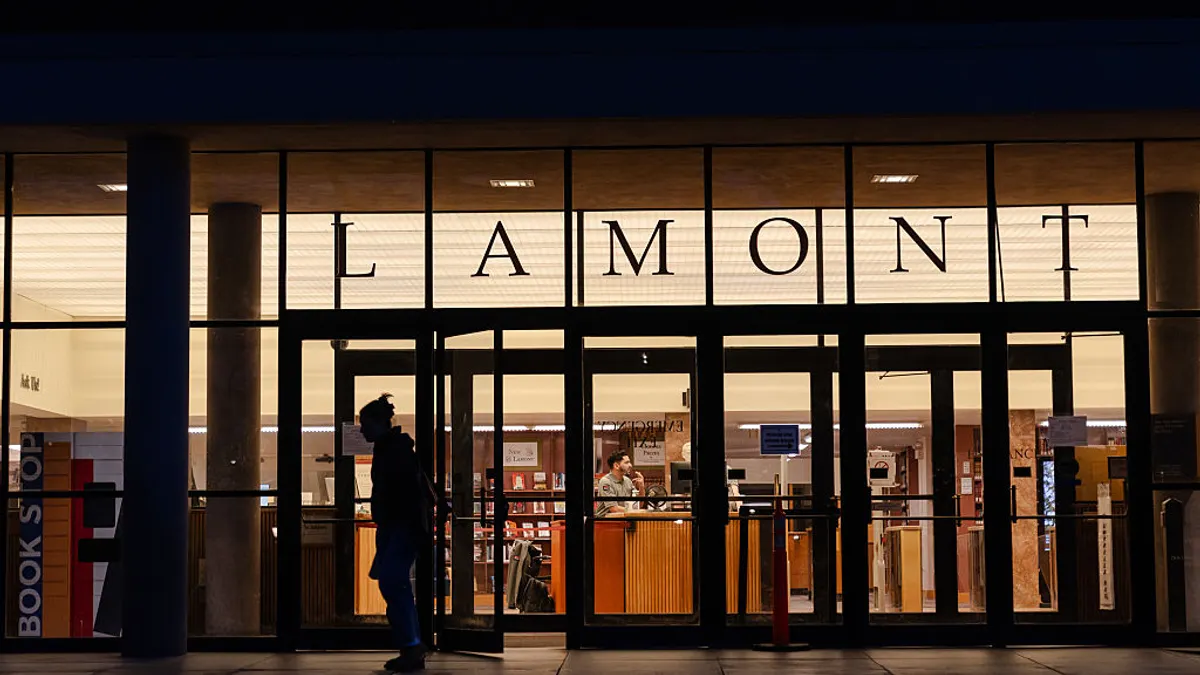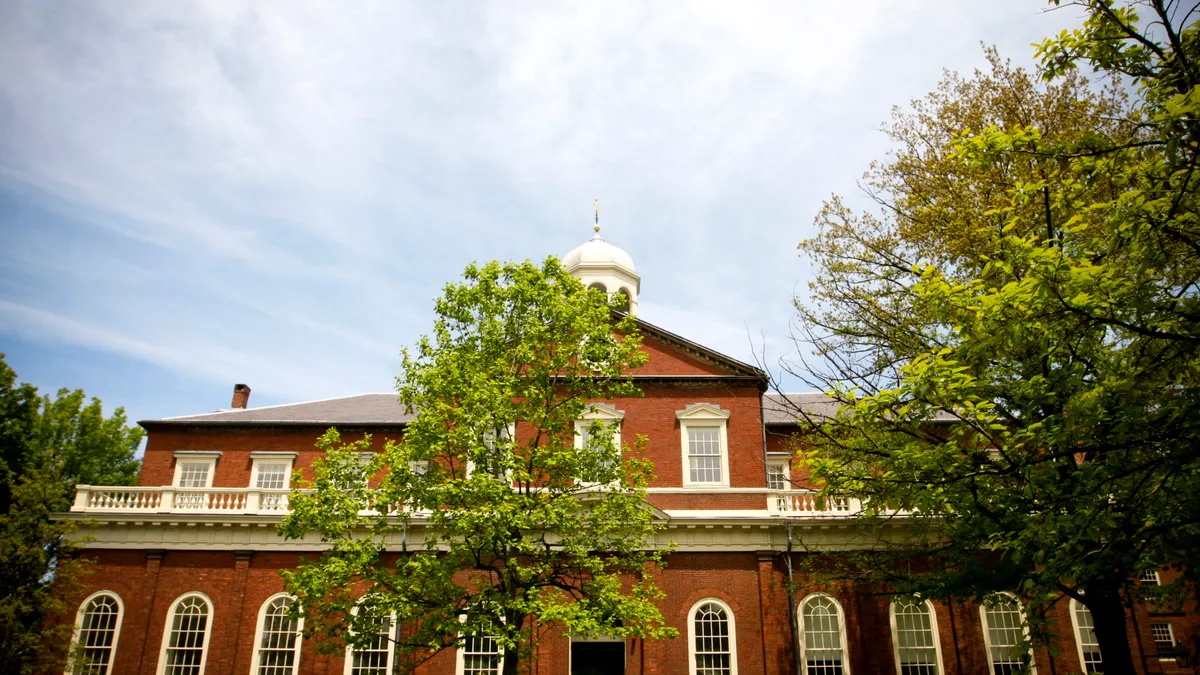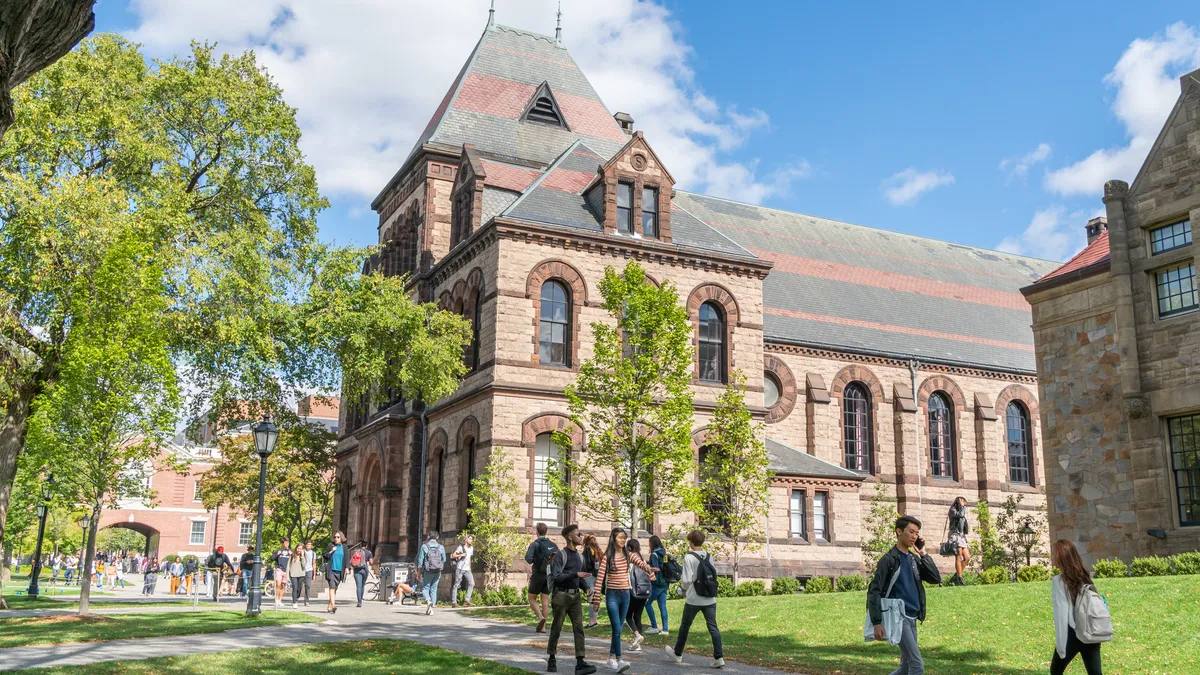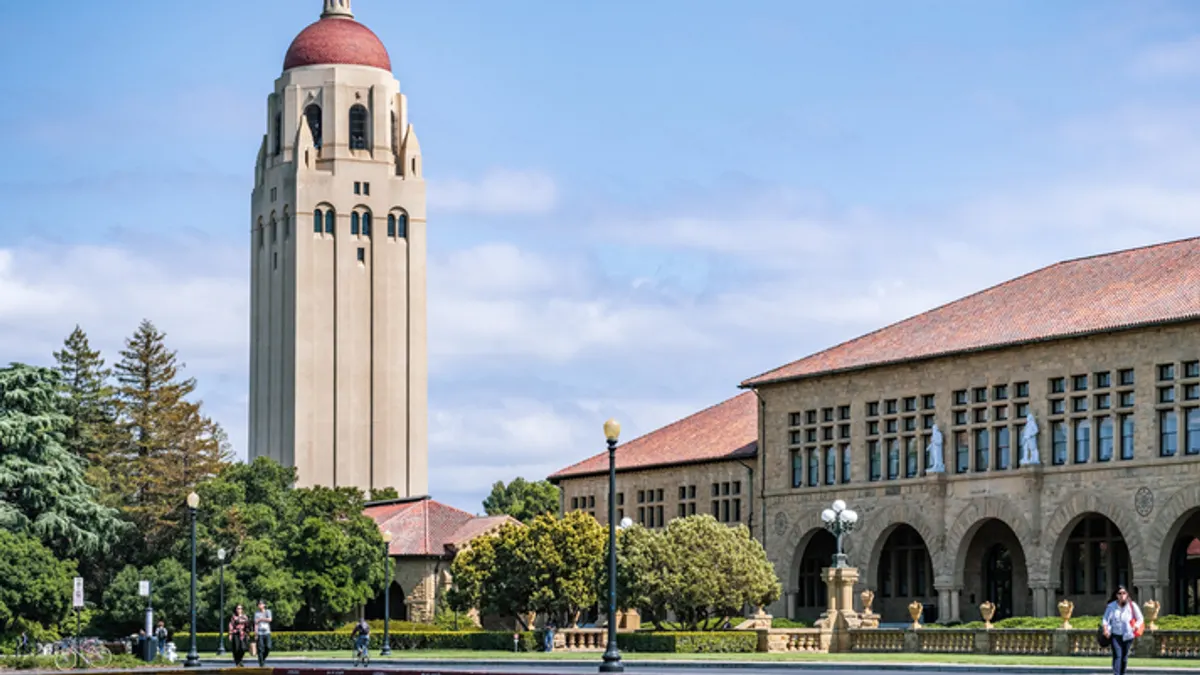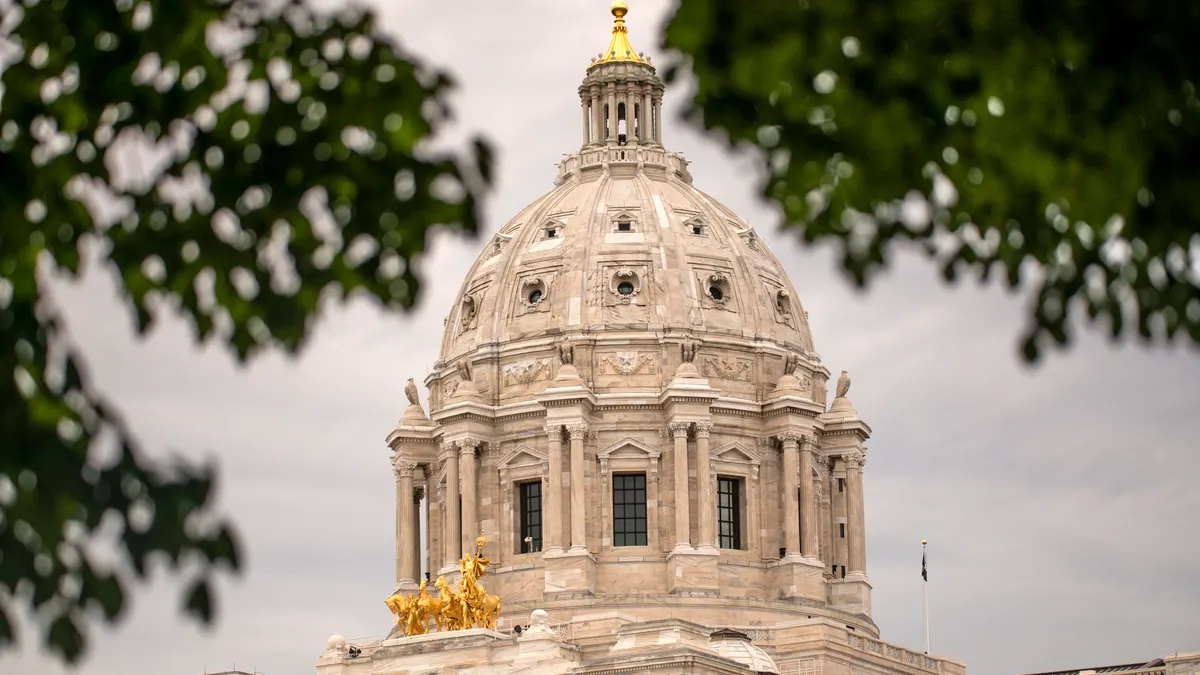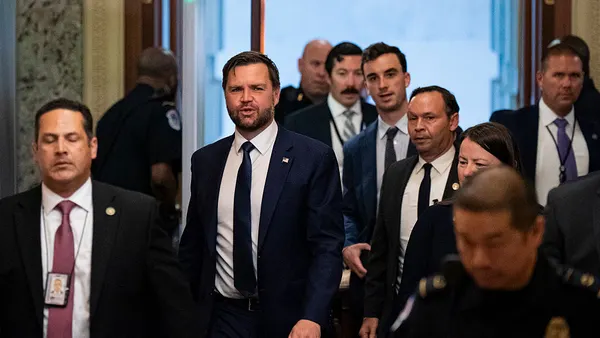The federal Pell Grant program, one of the most well-known ways to help low-income students pay for college, can only be applied to college programs that last longer than 15 weeks. But some advocates have long wanted to offer more flexibility for students taking shorter programs. This policy idea, colloquially called short-term Pell, has broad bipartisan support and now is the subject of multiple proposals floating around Congress.
“The fact that there are three bills right now on short-term Pell shows that there’s definitely interest in the conversation,” said Michelle Dimino, deputy director of education at the nonprofit organization Third Way. “But also the fact there are three bills shows that there is pretty healthy disagreement around what expanding Pell to short-term programs should actually look like.”
As It Stands
Short-term Pell was previously attached to a larger legislative package aimed at innovation and science in 2021 but got cut as lawmakers pared down the bill.
One of the three proposals currently in the mix is part of the Jumpstart Our Businesses by Supporting Students, or JOBS, Act. This bill, which has kicked around Congress for a few legislative sessions, was reintroduced in January with bipartisan support.
The second proposal is from House Republicans, sponsored by Rep. Elise Stefanik, of New York, and cosponsored, importantly, by the chair of the chamber’s Committee on Education and the Workforce, Rep. Virginia Foxx, of North Carolina.
The third is a proposal from Rep. Bobby Scott, of Virginia, a ranking Democratic member of the same committee.
While it’s unlikely that any of these bills will become the law as written, they provide starting points for legislators to negotiate.
How They Differ
These three proposals include some similar language but would provide different guardrails for students. Some education advocates have feared that short-term Pell could open floodgates of funding to bad actors or worthless programs. Each of the bills has some provisions aimed at preventing that.
“Across all three bills you see this concept that there needs to be some kind of validation that this is an in-demand job that the credential can lead to, that it meets the needs of employers across industries,” said Jennifer Stiddard, senior fellow at the National Skills Coalition. “Those are really important items.”
However, how to best design policy to protect students is still a matter of debate.
The language in the JOBS Act would exclude students from using Pell for programs at for-profit institutions, owing to the sector’s reputation for predatory behavior.
For-profit colleges have historically been a point of contention between Democrats and Republicans. The left flank of Congress typically has advocated to exclude for-profit programs from Pell Grants owing to a history of abuses from institutions in the sector. The right has pushed to include them, arguing that there should be parity between sectors.
Because that choice is a binary one, it’s been difficult for lawmakers to compromise, said Jonathan Fansmith, senior vice president of government relations at American Council on Education.
But the House Republicans' bill takes a slightly different approach to consumer protection from that of the JOBS Act. It would include for-profit institutions and determine program eligibility based on the tuition students pay and earnings bump they receive after three years.
That idea shows “a focus away from the institutional level and back down to the program level,” Fansmith said. And it could allow Democrats and Republicans to better compromise.
There are some indications the guardrails in the Republican proposal could exclude a large share of short-term programs. An analysis published by the Urban Institute looked at how the standard would apply to vocational certificates that are already Pell-eligible, as a proxy to judge how stringent the bill might be.
The analysis found that 79% of those vocational programs failed the earnings and tuition test proposed by House Republicans. Among for-profit institutions — which made up the majority of the sample — 92% failed. Nearly 70% of programs offered by private nonprofit institutions would also fail.
By contrast, only 19% of programs at public colleges would fail.
Jason Cohn, the research analyst at the Urban Institute who wrote the report, said multiple factors affected the difference between how the sectors performed. Tuition was more than $5,000 cheaper at public institutions than for-profit ones, while earnings by graduates were $12,000 higher.
“If you’re really worried about where these federal dollars are going, and you think we haven’t given federal grant aid to these programs in the past and want to be really careful,” he said, “then it does do that.”
The bill as written could also have implications for gender equity. Of women enrolled in the programs analyzed, 88% attended programs that would fail the test. That’s compared to only 57% of men.
The bill from Scott and House Democrats also would cover for-profit institutions. But it contains a slightly different earnings provision and would limit eligibility to programs that spend at least half of their revenue on instructional expenses.
The Path Forward
How any of these bills are likely to progress is unclear. Negotiations are more likely to happen in the House, where education committee leaders have introduced bills, rather than in the Senate, Stiddard said. Legislators will need to compromise on language that can win bipartisan support and pass the current Congress.
Legislation like this is typically not passed as a standalone bill. Rather, it is usually attached to a larger legislative package like an omnibus bill. Experts said the bill could theoretically be part of a reauthorization of the Higher Education Act. But despite being roughly a decade overdue, experts said reauthorization is unlikely this year.
To make things a bit more complicated, the U.S. Department of Education is expected to release a new rule this year, called the gainful employment rule, that would affect which vocational programs can access federal financial aid. It’s not clear yet how the two policies might interact. Depending on the final language, if published, it is theoretically possible that programs could be approved for Pell funds by Congress but excluded by the Education Department.
Though the near-term future for short-term Pell seems hazy, Fansmith said the bipartisan support for the policy has been refreshing to see.
“This is an area where there’s bipartisan agreement on goals and earnest effort to work across the aisle to produce an outcome that will be good for students,” he said. “It’s a bright spot in what’s otherwise a pretty bleak partisan landscape.”


